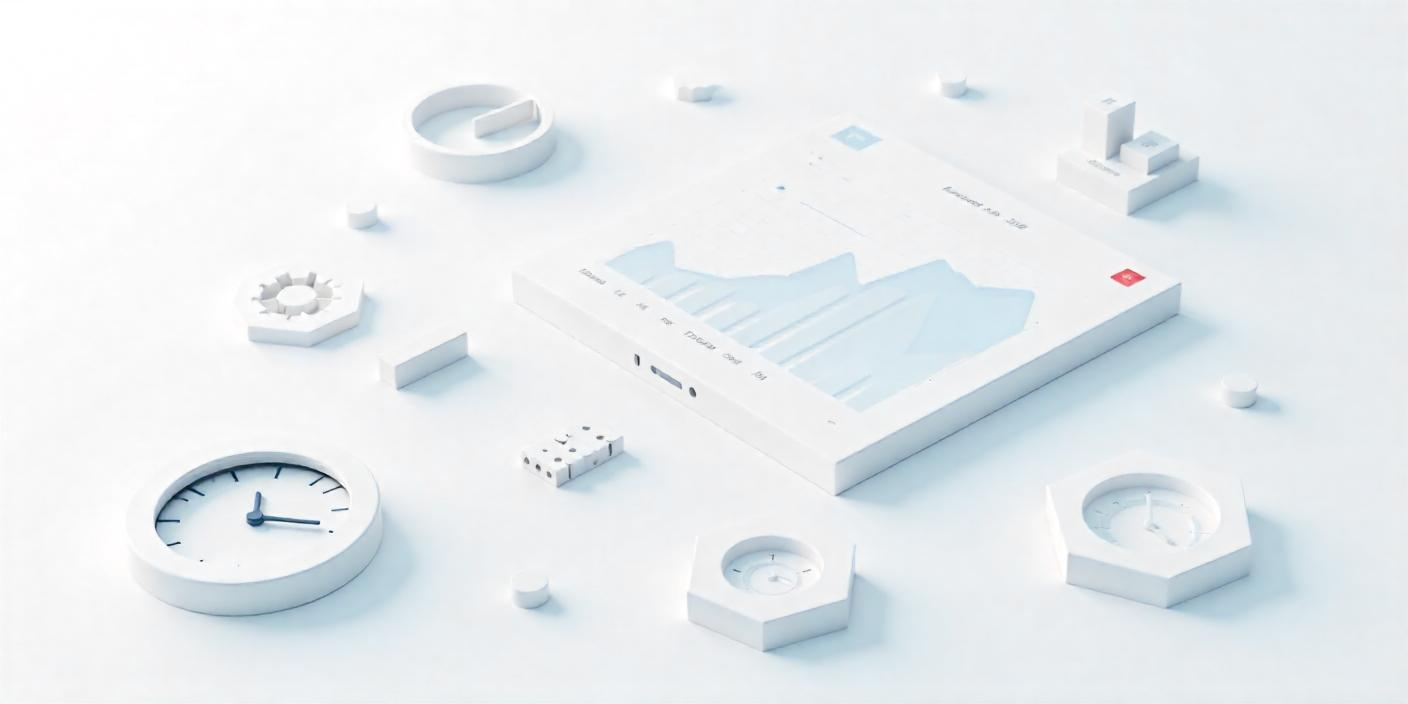Optimising your workforce requires choosing the right tools, and as a CIO [Chief Information Officer], you need an attendance management system that does more than just track time. It should streamline operations, ensure compliance, and boost productivity. With so many options available, how do you select the one that aligns with your company’s needs and scales as you grow?
Let’s walk through the key factors you should consider when selecting an attendance management system—a decision that goes beyond time clocking and basic time sheets. This choice impacts everything from payroll accuracy to employee engagement, compliance, and operational efficiency.
1. Scalability: Planning for Future Growth
When selecting a time attendance management system, you must think long-term. As your company grows, so will the demands on your system. You need a solution that can handle increased data and adapt to evolving workforce models—be it hybrid teams or new office locations.
Questions to answer:
- Will the system manage a growing number of users without performance lag?
- Can it easily adjust to new shift patterns or team structures?
- Does the system allow for easy upgrades or integrations?
A scalable attendance management system ensures you’re not constantly scrambling for a solution as your organisation grows.
2. Integration with existing Payroll and HR Systems
A great attendance management system should integrate smoothly with your existing payroll and HR systems. Think of it as a bridge that connects time clocking data to accurate payroll and employee records. If the system doesn’t sync with your payroll tools, it can result in time-consuming manual processes and costly errors.
Look for systems that:
- Synchronise attendance data directly with payroll systems for accurate pay calculations.
- Integrate with HR software to track leave balances, performance, and attendance seamlessly.
- Offer additional integrations with tools like project management or task tracking software.
In ensuring smooth integration, you eliminate the headaches of duplicated work and ensure that your time sheets are always accurate and up-to-date.
3. Data Security: Protecting Sensitive Employee Information
Time attendance management isn’t just about tracking when employees clock in or out—it’s about securing sensitive data. Whether it’s location information from time clocking or personal data tied to leave balances, security should be a top priority.
A robust time management tool must offer:
- Encryption for all data, both in transit and at rest.
- Access controls to ensure that only authorized personnel can view or edit sensitive data.
- Audit trails to track who accessed or modified data, ensuring accountability.
With strong security, you protect your organisation from data breaches and maintain trust with employees.
4. Automation: Reducing Manual Effort
The real power of a time attendance management system lies in its automation capabilities. Manual timekeeping can lead to errors and wasted hours. A solid time manager app can automate many aspects of time management, allowing your team to focus on more strategic tasks.
Key automation features to consider:
- Automated time tracking through mobile apps or biometric scanning—no more manual entries.
- Leave management with automated workflows for requesting, approving, and tracking leave.
- Overtime calculations done automatically based on preset rules, ensuring compliance and accuracy.
Automating these processes reduces errors, increases efficiency, and ensures your time sheets are always accurate.
5. User Experience: Ensuring Easy Adoption
Even the best attendance management system is only effective if employees use it. A system that’s too complex can lead to resistance, poor data input, or even workarounds that defeat the purpose of the tool.
Look for systems with:
- Mobile access for employees to clock in and out from anywhere, request time off, and view their attendance history.
- Systems that are simple to use and require minimal training will increase adoption rates.
- Self-service features for employees to manage their own data, from reviewing time sheets to requesting leave, without always involving HR.
The easier the system is to use, the more likely your team will embrace it, leading to accurate data and improved workforce productivity.
6. Compliance: Avoiding Risk
An often overlooked, yet essential, feature of any time attendance management system is its ability to help you stay compliant with labor laws and tax regulations. Whether it’s calculating overtime or tracking different types of leave, the system must ensure that you’re meeting all legal requirements.
Key features include:
- Leave accrual management that aligns with local labour laws.
- Shift regulations to ensure that employees don’t exceed legally mandated work hours.
- Customisable reporting to help you generate the necessary reports for audits or compliance reviews.
With the right system, you can avoid costly penalties and keep your operations running smoothly.
7. Vendor Support: Ensuring Long-Term Success
Finally, consider the level of support the vendor provides. Your time attendance management system is a long-term investment, and you need a vendor that can help you through the implementation process and beyond.
Look for vendors that:
- Provide comprehensive training resources to ensure employees and managers are comfortable using the system.
- Have a strong reputation backed by customer reviews and case studies that demonstrate their reliability.
Choosing a vendor with strong support ensures that your time management tool will be effective not just today but for years to come.
Conclusion
Selecting the right attendance management system is more than just about tracking time—it’s about creating a seamless experience for employees, ensuring compliance, and driving operational efficiency. By focusing on scalability, integration, security, automation, user experience, compliance, and vendor support, CIOs can make an informed decision that enhances workforce management and supports business growth.
In the end, your time attendance management system should be a tool that not only helps you manage time but also empowers your business to achieve greater efficiency and success in a competitive landscape. With the right system in place, you’re not just managing time—you’re optimising it for long-term growth.
Whether you’re managing hybrid teams or looking to enhance workforce efficiency, the SeamlessHR solution is built to drive productivity and support business growth.
Available in Nigeria, Ghana, Kenya, and other African countries, our time management software ensures compliance and simplifies operations.
Let’s discuss how we can help you streamline attendance and optimise your workforce for greater success.






